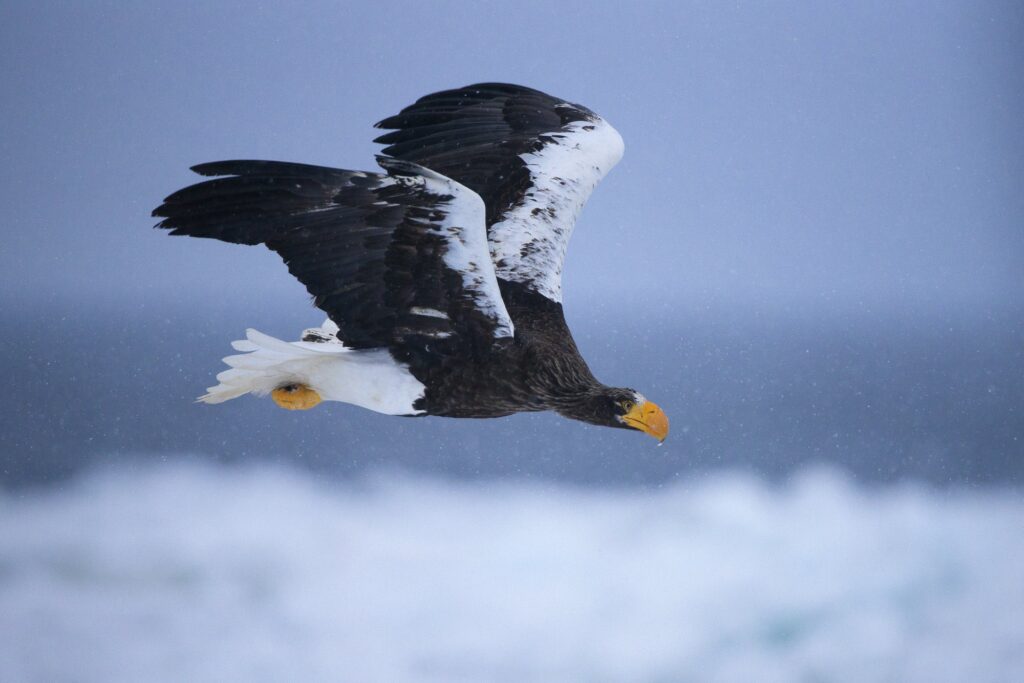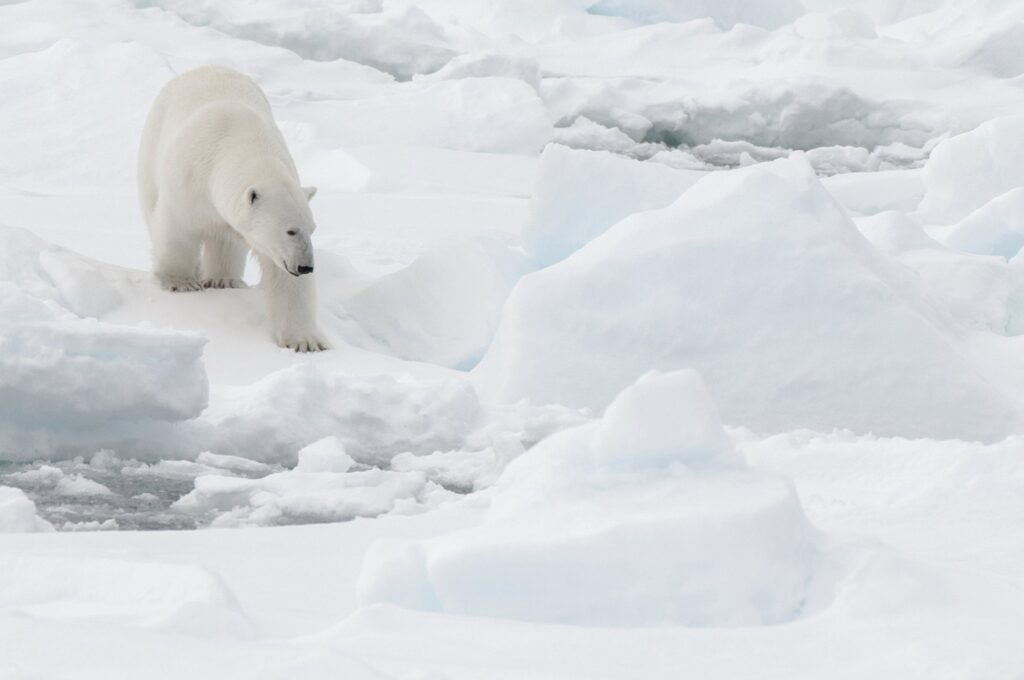Interview by Ruud van der Bliek, Nature First Ambassador NL/BE
‘There is no right or wrong, but nature always takes precedence’
Recently I received a spontaneous message from nature photographer Jan Vermeer, who made some teasing comments about my work as an ambassador for Nature First. If I were to expect that from anyone, it would be from him. An excellent opportunity for me to immediately invite him to do an interview for Nature First.

Jan has been trying for some time to encourage nature photographers to practice what he calls ‘Honest Photography’. By that he means that you must be transparent and honest about how and under what circumstances the photo was taken and that you photograph with respect for nature. He cites as examples of ‘dishonest’ photography: photos of animals in captivity displayed as photos of wild animals, photos of animals that, when baited with food, exhibit unnatural behavior, or photos that have been edited in such a way that they are no longer representative of the location and situation they were made, so violating reality. He also has deep concerns about breaking the rules of photo competitions, just to be able to win prizes. As far as Jan is concerned, the desire to ‘achieve’ among some photographers has gone too far and people tend to follow photographic trends because of the higher scoring chances and ‘likes’.

Jan is known for his work as a nature photographer through many publications in, among others, National Geographic Magazine. He became world famous with his photo ‘Puffin in the Snow’. Jan travels all over the world to capture nature in all its splendor and share it with us through publications in numerous magazines and on websites. By doing so he wants to provide a positive counterbalance to the flow of negative and depressing messages about nature that have been pouring out in recent years. He’s published several photo books of his work, the most famous of which are ‘Artic’ and ‘Antarctica’, in which he shows us the beauty of the landscape and animal life in the polar regions. His latest photo book is entirely devoted to mushrooms, which he has portrayed with his unique style and with great craftsmanship. Many of the mushroom photos were taken close to his home in Hoenderloo, in his garden and in the nearby woods and moors of the Veluwe. It all started with the Veluwe. During rambles with his father, his love of nature and photography was instilled in him at an early age. And he’s still fond of the Veluwe. So much so that he moved there with his family. First to Apeldoorn and for the last few years at a beautiful spot in the rural area of Hoenderloo.
NATURE FIRST FOCUSES ON BEHAVIOUR, JAN STARTS WITH THE IMAGE
If we compare the approach of ‘Honest Photography’ and ‘Nature First’, the common denominator is that both put the importance of nature first. The starting point is slightly different. Where Nature First focuses on the behavior of the photographer, Jan starts by looking at the image. What he sees in the photo tells him something about the photographer’s behavior and attitude towards nature. In other words, a lot can be deduced from photos in which nature, often animals, has been manipulated, and about how the image was made.
Ultimately, both starting points aim to achieve the same goal, to ensure that photographers put the well-being of nature ahead of ‘getting the photo.’ And this should be achieved not by condemning, correcting, or patronizing people, but by entering into an open, honest, and respectful discussion. It is not about right or wrong, but about stimulating awareness of one’s own behavior when photographing in nature. In that respect we found each other immediately.

UNCONSCIOUS, UNINTENTIONAL BEHAVIOR CAUSED BY LACK OF KNOWLEDGE
According to Jan, one of the causes of nature disturbance is the lack of knowledge among many photographers about nature in general and about the subjects they photograph. This causes damage, usually unconsciously and unintentionally, such as trampling plants or disturbing animals. That is why it is so important that every photographer is well aware of the consequences of their presence in nature.
Another cause stems from the copycat behavior of many photographers, which greatly increases the crowds in certain locations. This is further enhanced by the public sharing of locations. Jan has also experienced the latter. His famous photo of the puffin in the snow won him much recognition through the publication in National Geographic, but the mention of the location greatly increased the numbers of visitors to the islet in the far north of Norway. Very beneficial for the local economy and, in retrospect, also for the breeding population of seabirds, including the puffins, on the island. Because predators, kept at a distance by the many visitors, are much less prevalent, fewer birds and eggs are hunted. Seen from another point of view, this is a deterioration of the original predator situation on the island and therefore a major disturbance of nature. Sharing locations is never harmless nor without consequences, according to Jan, because it is almost always detrimental to nature.

As photographers we give ourselves a great deal of leeway for a beautiful photo and sometimes that is at the expense of… I ask Jan where he draws the line for himself.
He remarks that he’s narrowing his boundaries. You used to do things you wouldn’t do now. For the sake of nature, but mainly because people imitate you and thereby often unconsciously damage nature. Now Jan is putting nature first even more so than before and hopes that others will do the same.

He cites an old post on the web, which reported that photographers had treated a tree frog with hairspray in order to make a nice image. The web in the pre-social media era almost exploded and everyone spoke of it. The witch hunt was on, while the “evidence” was paper thin. This is the other side of the story and indicates that you should always be careful when passing judgement. Dialogue is still the best way.
Damage to nature occurs quickly and often unconsciously and unintentionally. Luring a hungry squirrel with a nut into the water for a photo with beautiful reflections or water splashes makes for a great image, and scores like crazy, but it is unnatural behavior for the squirrel and potentially harmful. Particularly if he has to get through the cold night under wintery conditions with a soaking wet coat. And so there are many more, often innocent, examples by each of us, where we ‘lend nature a hand’ to be able to photograph the subject in a beautiful, preferably special way. The ethical question is whether you should want that.
WHERE DO YOU SET YOUR OWN BOUNDARIES?

Website Jan Vermeer www.janvermeer.nl
